By Karin Eger-Blenk, CEO & Co-Chair, Wilden Group
Editor’s note: This article was originally published in the Fall 2025 issue of Western Built. To read the full issue, visit https://westernbuiltmagazine.ca/current-issue/.
When a group of students from Kelowna’s Green Construction Research and Training Centre (GCRTC) first asked to investigate one of our multifamily projects, I expected them to confirm we were on track with our emission reduction goals. We had put rigorous research and testing into a highly efficient building envelope. Instead, the students’ findings revealed a massive hidden culprit – embodied carbon. This discovery became the catalyst for building what we now call the “Wilden Hemp House.”
The journey of the “Wilden Hemp House” started in 2021. A group of students from the GCRTC approached me about supporting a capstone project focused on one of our multifamily builds. Our guiding principle has always been to reduce greenhouse gas emissions, and by following the results of prior research, we’d steadily improve our buildings’ energy performance. Our motto, “Think envelope first,” led us to pack insulation into the wall assembly and push air tightness as far as our budget allowed. We trained our crews to seal tiny gaps that would have been overlooked a few years ago, knowing that this investment would pay off in a future of rising code requirements.
I invited the engineering students to analyze our drawings and construction process. I fully expected a glowing report on our efforts to combat the roaring emissions in residential construction. Instead, I was about to learn a tough lesson.
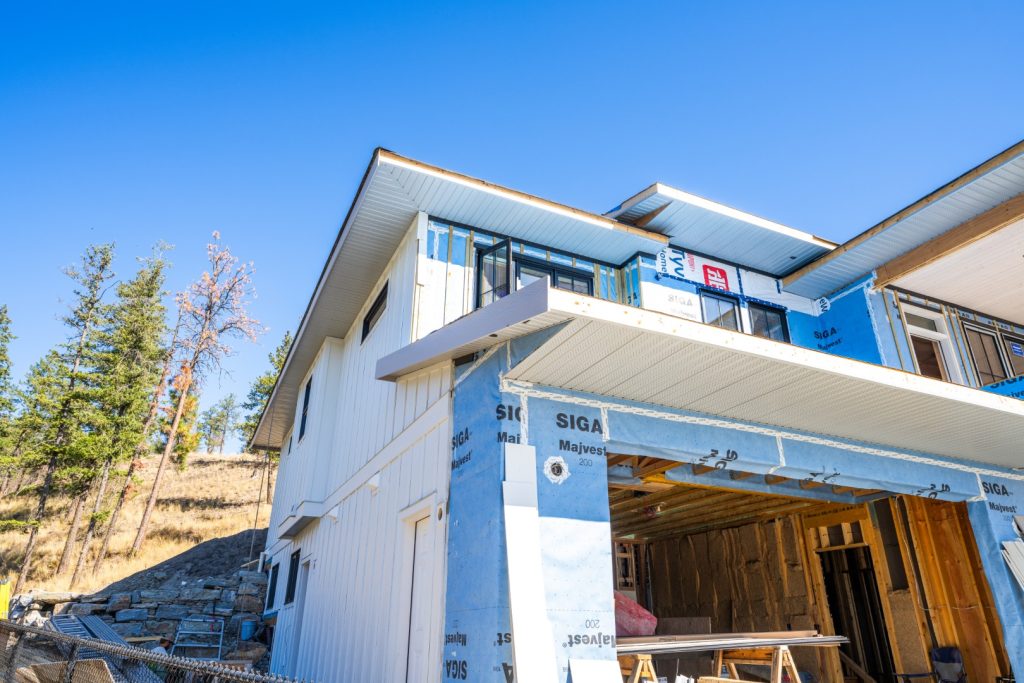
Facing the embodied carbon reality
Homes with thick insulation can be a major source of “embodied carbon.” In other words, the production of insulation materials often creates more emissions than can be offset through their insulating performance in the home over a span of 10 to 15 years. This is not a popular fact. It’s easier for developers to present efficiency labels than to acknowledge emissions hidden in the walls.
To quantify embodied carbon, professionals use a life cycle assessment (LCA) to track greenhouse gas emissions across a product’s entire lifespan – manufacturing, transport, installation, maintenance, and disposal. These emissions are converted into metrics that gauge their environmental impact. One such metric is global warming potential (GWP), measured in kilograms of CO₂ equivalent (kg CO₂e), commonly called a carbon footprint.
When I received the GCRTC students’ report, it revealed our homes’ high embodied carbon and that 26 per cent of it came from insulation alone. I was shocked by how little problem-solving was happening industry-wide, given the scope of the issue. Logically, we should address embodied carbon before focusing on operational carbon savings.
An encounter with hemp
About a year after the students shared their findings, I received an email from Brandon Cochran, who owns HempWorks, a distributor of hemp building materials. He invited us to learn about the latest in hemp construction. I gathered my team, and Brandon gave a presentation that introduced us to Profib Mat, a hemp fibre thermal batt insulation with a high R-value, humidity regulation capabilities, and superior soundproofing. On top of those benefits, the product promised to lower embodied carbon while improving interior comfort and mitigating moisture – an all-natural, carbon-negative solution.
Shifting materials mid-project in a townhouse development isn’t feasible, and trialing new products in row housing can be risky. Instead, we decided to test the hemp insulation in a single-family home. Although we mainly develop neighbourhoods and home sites – leaving custom builds to a select group of partners – occasionally we build detached homes ourselves to refine technologies or showcase new designs.
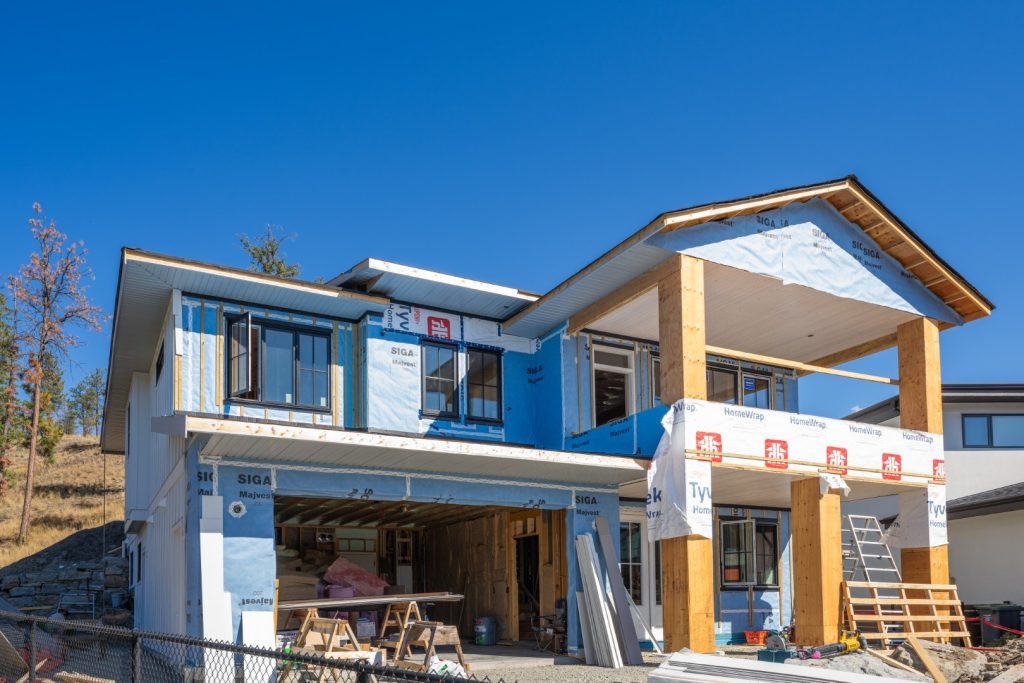
Testing hemp in a single-family home
Through careful planning and following the integrated design process, we set out to design and construct the “Wilden Hemp House.” The use of hemp insulation in the double wall assembly presented several practical challenges. The material was difficult to cut precisely, which slowed the installation process and required additional techniques. Furthermore, due to its inability to be compressed or shrink-wrapped, it proved cumbersome to store and transport compared to conventional insulation materials.
However, hemp insulation offers notable benefits: it is non-toxic, non-abrasive – an aspect appreciated by installers – and any installation waste is fully biodegradable. These properties contribute to a healthier work environment and support broader sustainability goals.
We installed two layers of Profib in a double-wall system with a QuickTherm layer in between, using the interior wall as the service wall. Everything was sealed with air barrier tape, bringing the house’s air exchange down to just under one air change per hour (1 ACH). With a roof optimized for solar panels, this home will use only as much energy as it is able to generate with panels installed – if not less – once it’s occupied. Opting for hemp over fiberglass reduced the embodied carbon of the wall system by an impressive 3,200 kg of CO₂ equivalent.
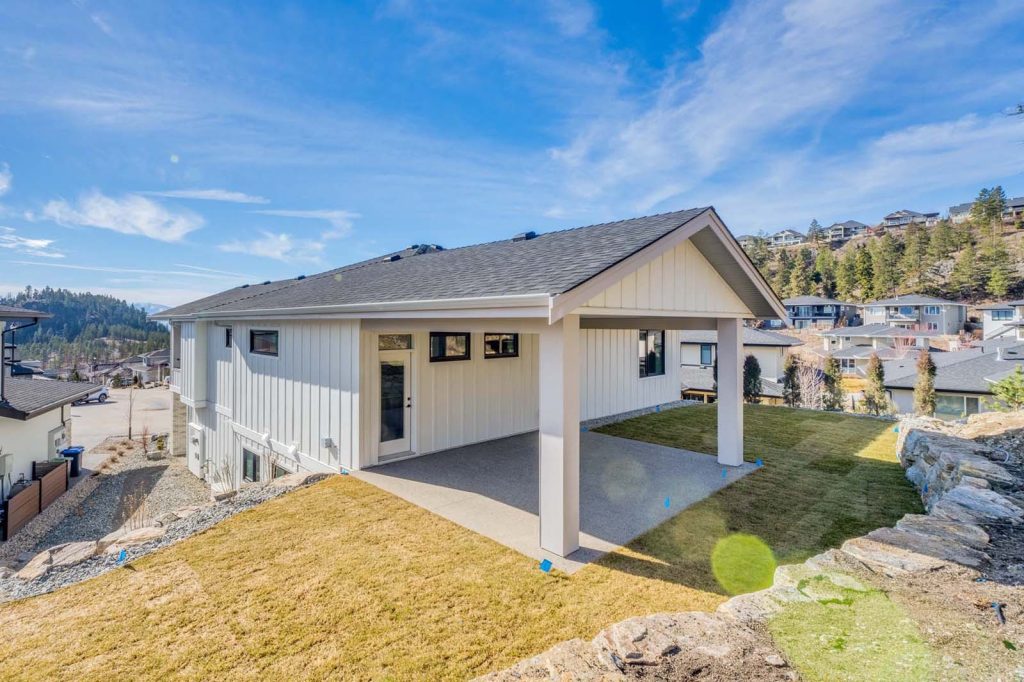
Planning for the Future
Integrating hemp and other low-carbon materials within our existing approach to build net zero homes opens a new pathway to serious carbon cuts in residential construction and living. I’m certain we’ll soon be modeling not only the home’s energy efficiency but also the carbon we’re building into it, ensuring we can measure – and minimize – our overall carbon footprint. Also, there are first signals that we will see a “carbon code” at one point in the future, that will require us to determine the embodied carbon in the planning phase and keep it within certain limits.
As the first net-zero ready home with hemp insulation in our region, the Okanagan Valley, the Wilden Hemp House has already drawn significant attention. Now we face questions about whether we’ll incorporate hemp in upcoming townhouse builds. In the challenging buyer’s market we’ve experienced over the past three years, cost and affordability remain concerns. Still, we’re committed to advancing this new material. Widespread adoption will make hemp-based products more affordable, supply chains more robust, and construction crews more familiar with the process.
In Wilden, our master-planned development in Kelowna, B.C., we still have around 2,000 homes left to build, and every detail we optimize will make a huge difference. Here in the interior of B.C., every summer we are surrounded by wildfires. In 2023, a wildfire burned through our natural areas, showing us firsthand the urgency of climate change. There’s no question that the building industry must do its part to meet Canada’s carbon neutrality targets. The Wilden Hemp House is just one of many steps we’re taking in that direction.
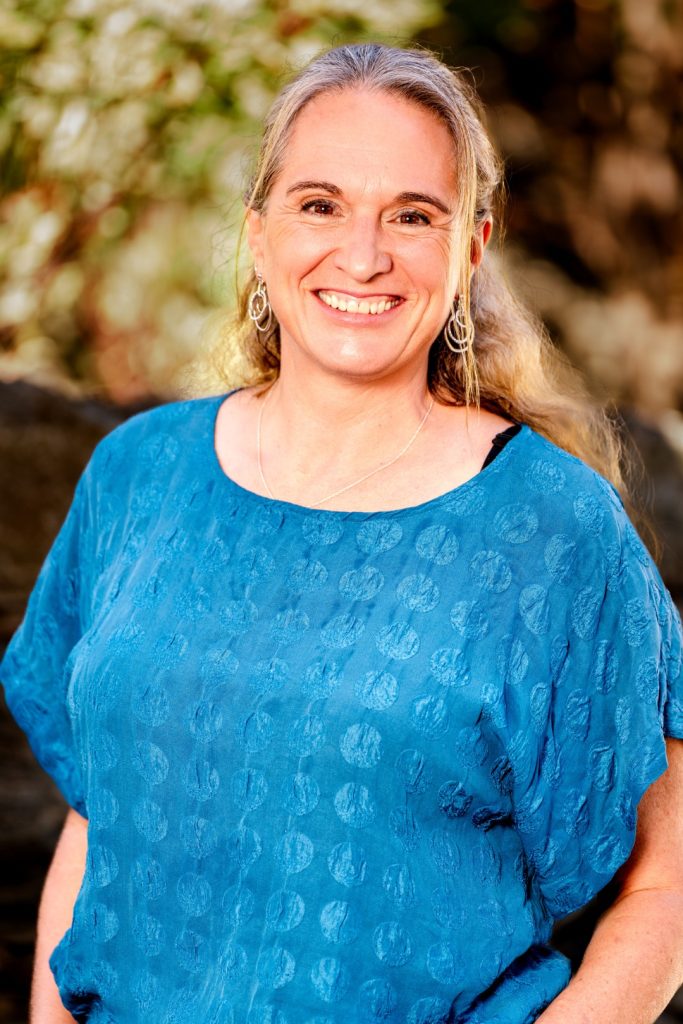
About Karin Eger-Blenk
Karin Eger-Blenk is CEO and Co-Chair of the Wilden Group, Kelowna’s largest master-planned community. A champion of green development, she co-founded the Wilden Living Lab to advance sustainable building practices and leads with a deep commitment to innovation, community, and environmental stewardship.


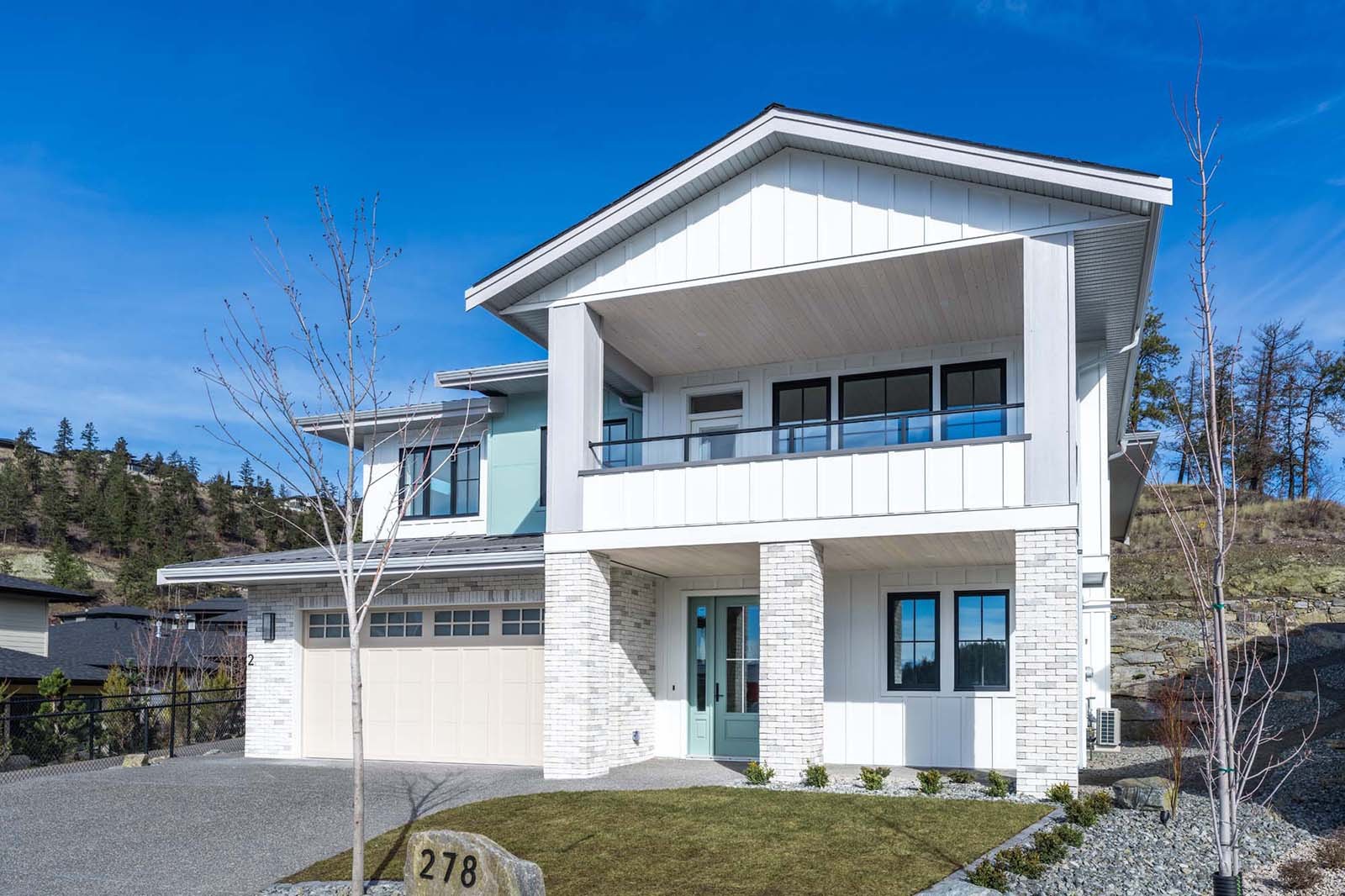
Leave a Reply